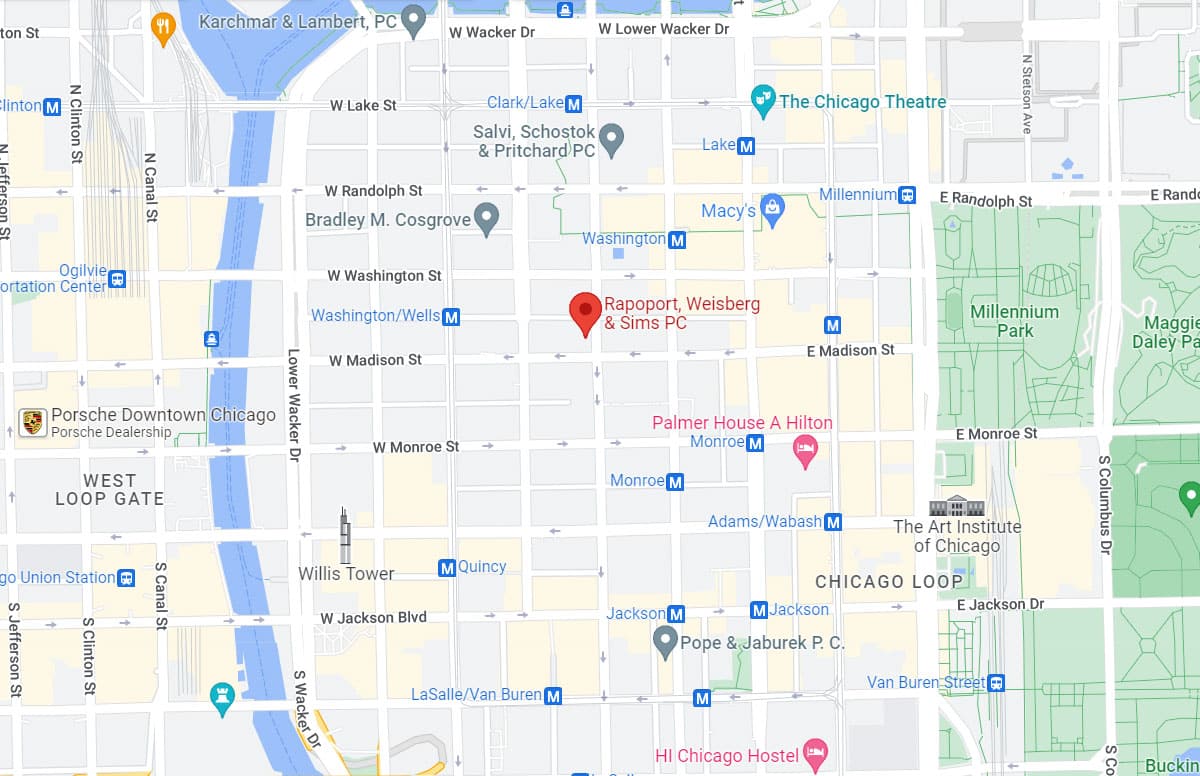When a FedEx airplane taxied out to takeoff from Chicago’s O’Hare airport, a preflight check determined that the plane was too heavy to use the runway to which it was originally assigned because that runway was only 8,000 feet long. Air traffic controllers gave the flight the option of a new runway and the plane prepared for takeoff. They began accelerating down the new runway unaware that a blast fence had been erected for the runway construction, shortening the runway to only 6,000 feet. The pilots were surprised as the moved down the runway and saw the fence quickly approaching. The plane was already moving too fast to stop in time to avoid the fence so the pilots took the plane into the air as quickly as possible narrowly missing the blast fence. They were close enough though that the exhaust from the engines blew away the blast fence.
During construction projects runway closures or shortening of runways is a necessity and can change from day to day. To alert pilots to these important changes the FAA issues daily “Notices to Airmen” known as NOTAMs. The problem is they are not prioritized in any way. In dozens of pages of NOTAMs, something important like a runway shortening may be behind dozens of pages of inconsequential notices. On the day of the close call for the FedEx jet, the notice that the blast fence had been erected was one of 75 NOTAMs. It was the 53rd notice on the list.
Improper or ignored notifications about construction activity at airports can have fatal results. In 2006, 49 people were killed in Kentucky when an airliner had to move to a shorter runway and ended up crashing into a field. Fortunately some changes are set to be put in place at both O’Hare and Midway airports this year.
The NOTAMs will be available as digital alerts that will be plotted onto a map to show the pilots exactly where there may be areas of construction or other concerns. The maps will also provide verbal guidance in much the same way as a GPS system in a car does.
Some issues are more deeply ingrained however. During the investigation, the FAA asked the air traffic controller why he had not informed the pilot about the shortened runway. He explained that he had been trained not to question a pilot’s judgment about the operation of the aircraft.
Source: Chicago Tribune “O’Hare runway construction: Flying into a danger zone” Jon Hilkevitch, March 28, 2011
